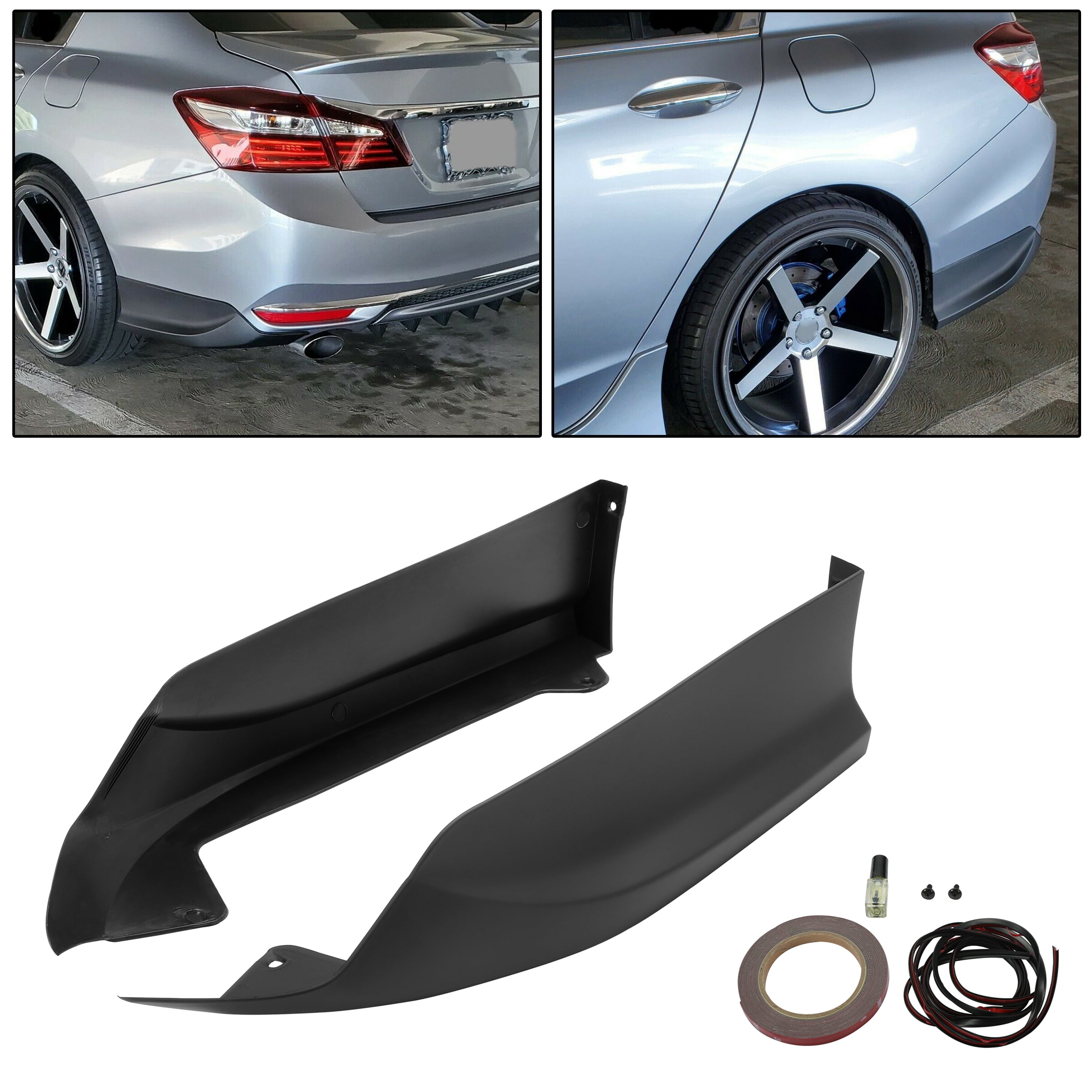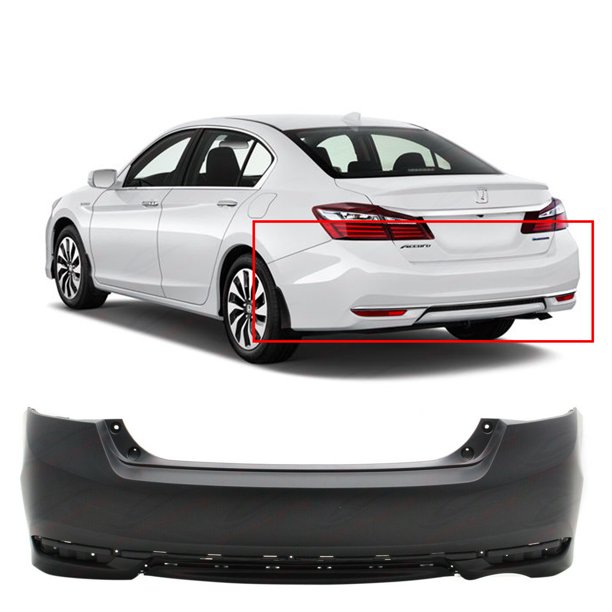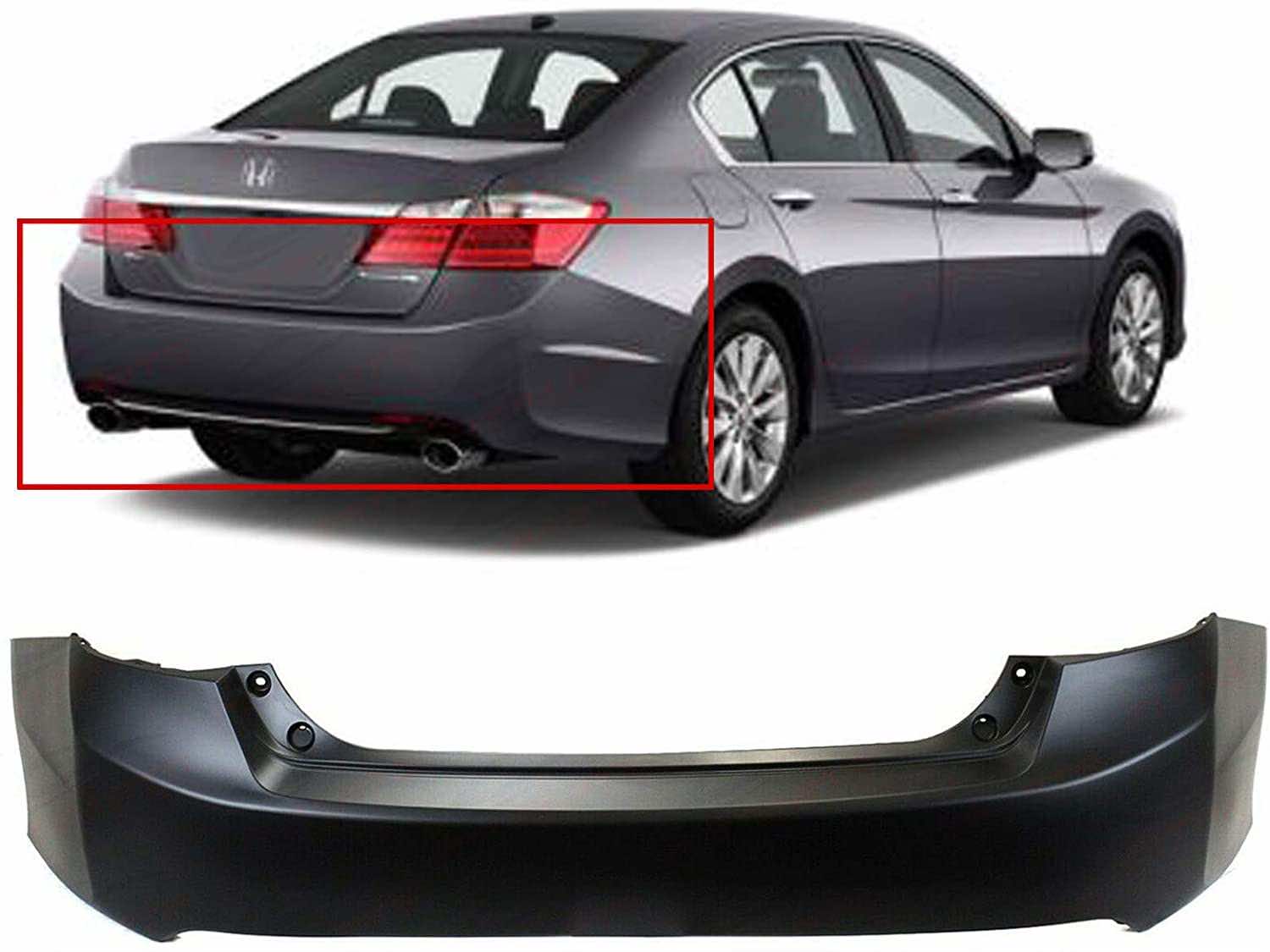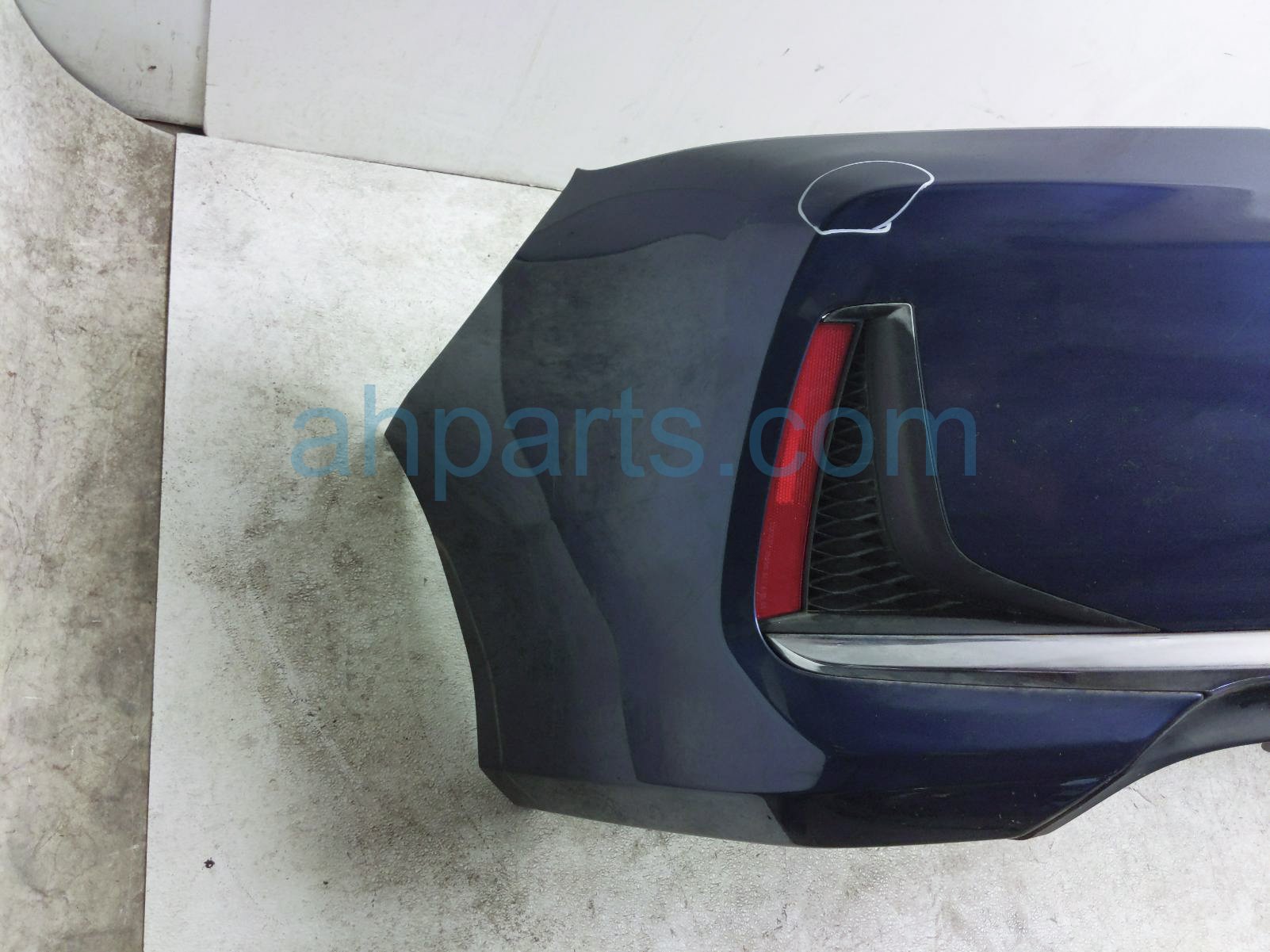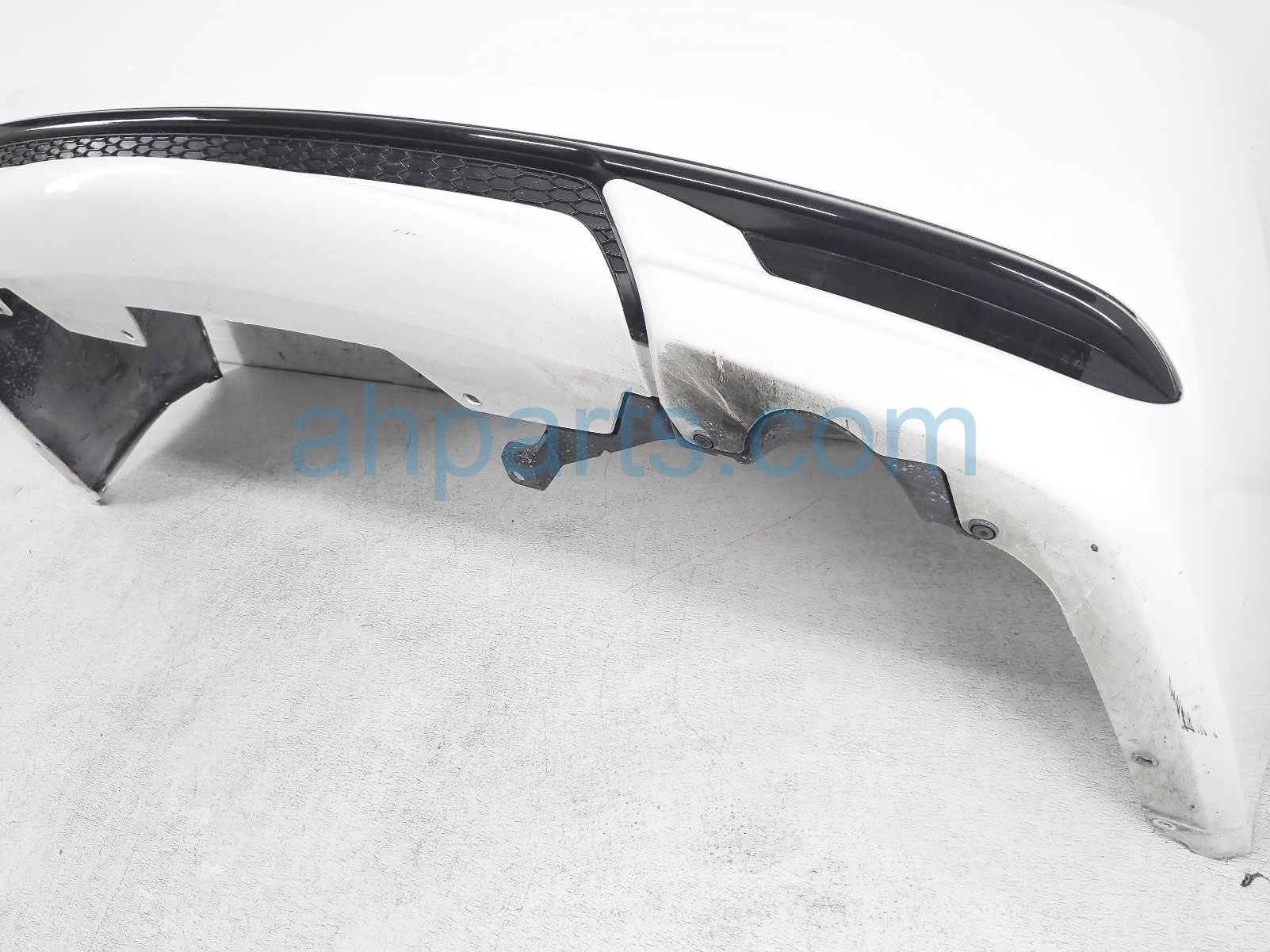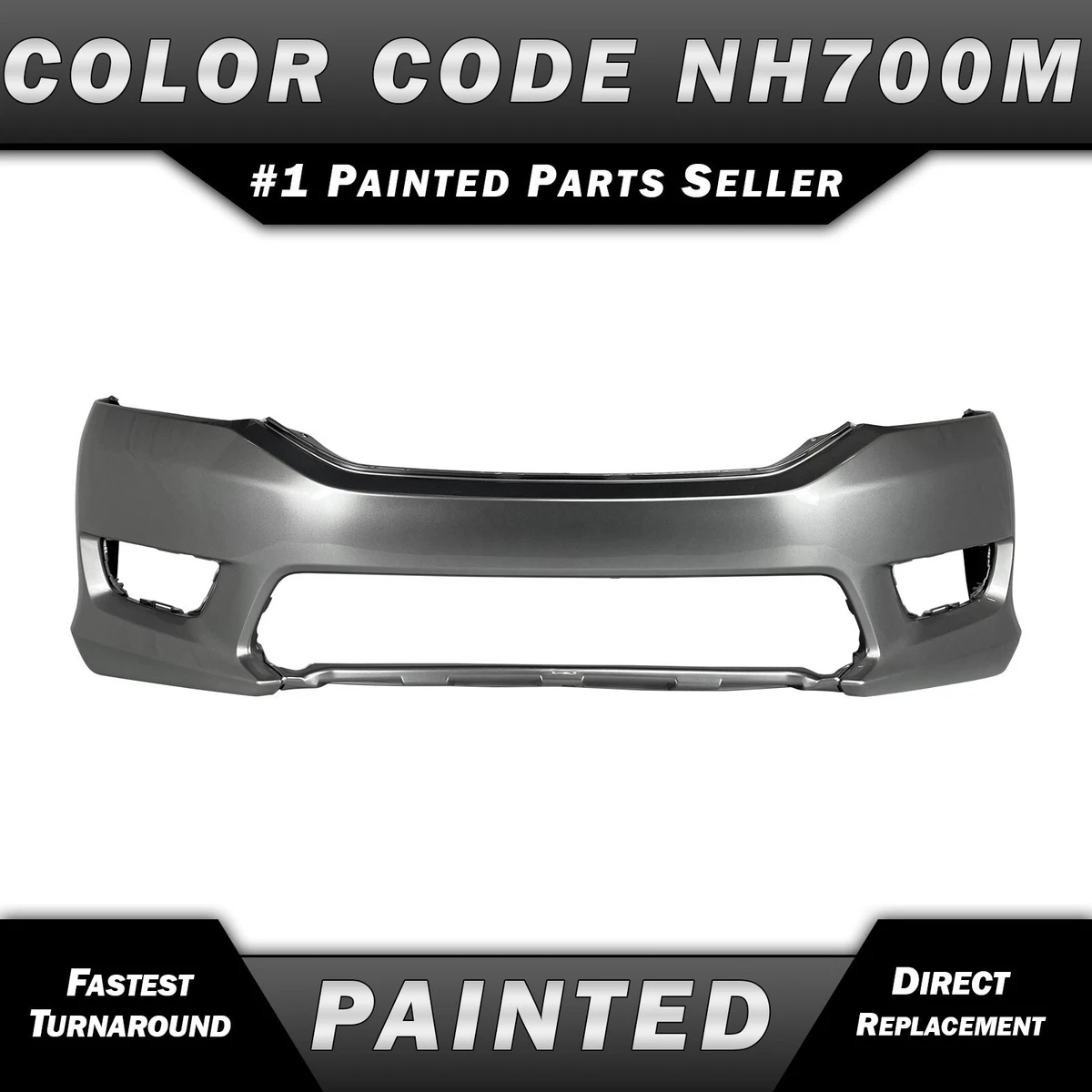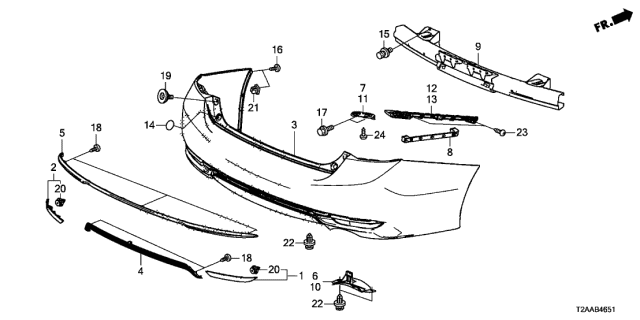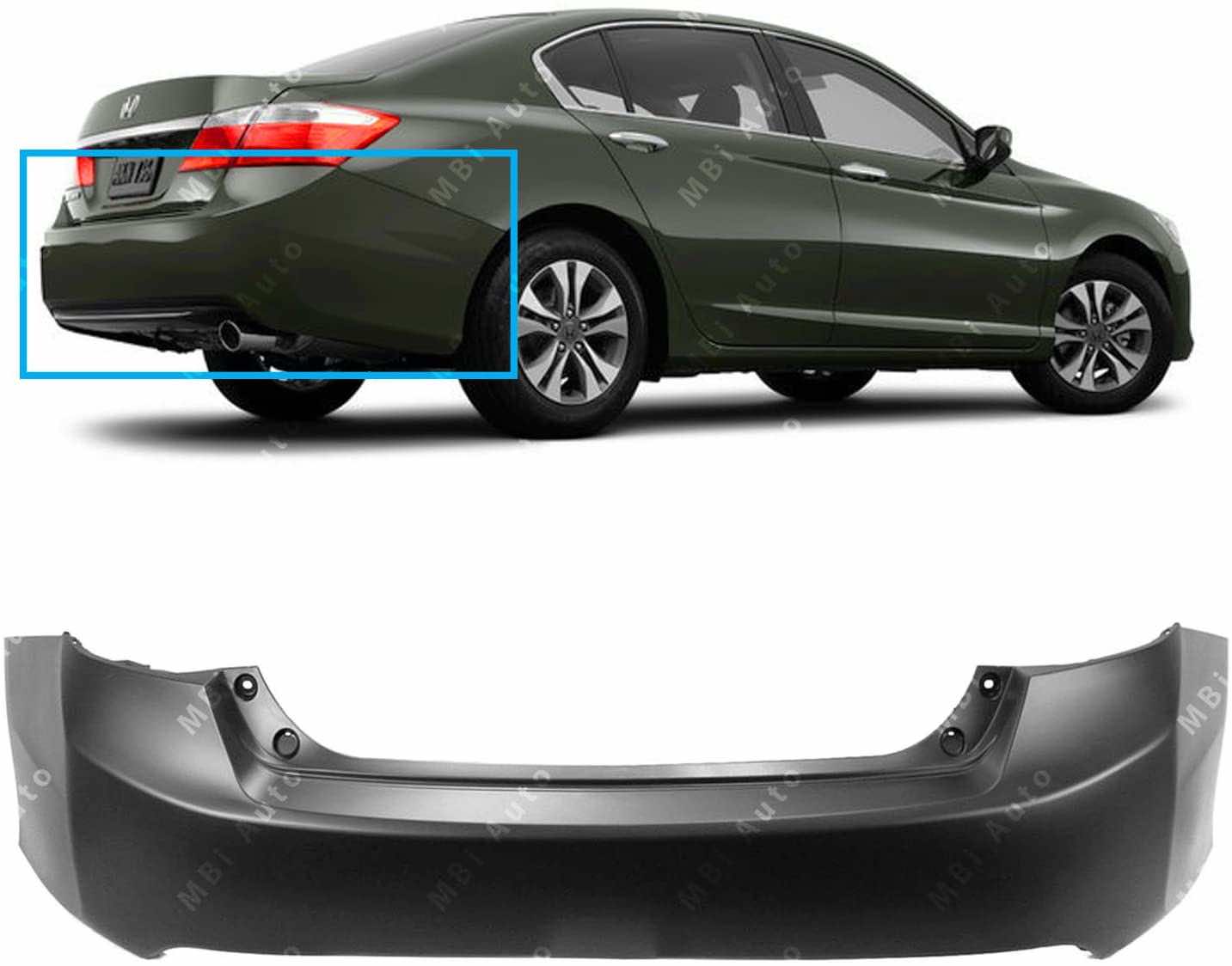2017 Honda Accord Rear Bumper Replacement Cost

A seemingly minor fender-bender can quickly escalate into a financial headache, particularly when it involves replacing a rear bumper. For owners of the popular 2017 Honda Accord, understanding the potential costs associated with such a repair is crucial. This article delves into the complexities of 2017 Honda Accord rear bumper replacement costs, exploring the factors that influence pricing and offering insights into navigating the repair process.
The cost to replace a 2017 Honda Accord rear bumper can vary significantly, ranging from a few hundred to over a thousand dollars. This variation is due to a combination of factors, including the cost of the bumper itself, labor charges, whether the bumper needs painting, and the type of parts used (OEM vs. aftermarket). Understanding these elements can empower Accord owners to make informed decisions and potentially mitigate expenses.
Factors Influencing Replacement Cost
Cost of the Bumper
The bumper itself is a major component of the overall cost. Original Equipment Manufacturer (OEM) bumpers, purchased directly from Honda or a certified dealer, typically command a higher price than aftermarket alternatives. Aftermarket bumpers, while often more affordable, may vary in quality and fit, potentially impacting the vehicle's appearance and safety.
According to data from collision repair estimating platforms like CCC Information Services, the average cost of an OEM 2017 Honda Accord rear bumper ranges from $300 to $600. Aftermarket bumpers can be found for as little as $150, but opting for a reputable brand is essential to ensure proper fit and durability.
Labor Costs
Labor charges constitute a significant portion of the replacement cost. These costs are dependent on the hourly rate charged by the repair shop and the estimated time required for the replacement. Dealerships generally have higher labor rates compared to independent repair shops.
Replacing a rear bumper typically involves removing the damaged bumper, disconnecting any sensors or wiring, prepping and painting the new bumper (if required), and then installing it. This process can take anywhere from 2 to 4 hours, depending on the complexity of the job and the experience of the technician.
Typical labor rates can range from $75 to $150 per hour. Therefore, labor costs could range from $150 to $600, adding significantly to the overall expense.
Painting and Finishing
Unless the replacement bumper comes pre-painted in the vehicle's specific color, painting will be necessary. This adds to both the material and labor costs. Achieving a perfect color match requires specialized equipment and expertise.
Professional painting can easily add $200 to $500 to the total cost. The cost depends on the complexity of the color and the number of coats required.
OEM vs. Aftermarket Parts
The choice between OEM and aftermarket parts is a critical factor in determining the final cost. While aftermarket parts may offer a lower upfront price, they can sometimes lead to fitment issues or reduced durability in the long run.
"Using OEM parts ensures that the vehicle is restored to its original factory specifications," explains a representative from a Honda dealership. "While they may be more expensive, they offer peace of mind in terms of quality and safety."
Navigating the Repair Process
Obtaining multiple quotes from different repair shops is essential for securing a fair price. Be sure to ask for a detailed breakdown of the costs, including parts, labor, and painting.
Consider your insurance coverage. Depending on the circumstances of the damage, your insurance policy may cover some or all of the replacement costs. Review your policy and contact your insurance provider to understand your coverage options.
Explore options such as used or refurbished bumpers, but exercise caution and inspect the parts thoroughly for any hidden damage. This can be a cost-effective alternative, but ensure the part is in good condition.
Conclusion
Replacing a rear bumper on a 2017 Honda Accord can be a significant expense, but understanding the factors that influence the cost can help owners make informed decisions. By obtaining multiple quotes, considering insurance coverage, and weighing the pros and cons of OEM versus aftermarket parts, Accord owners can navigate the repair process and potentially reduce their financial burden. Ultimately, prioritizing quality and safety is crucial for ensuring the vehicle's integrity and the well-being of its occupants.

